Aquarius was traditionally depicted as a man upending an urn and pouring water into the mouth of a fish. A bizarre, inscrutable image, perhaps, but nevertheless, the way the ancients imagined it.
Saving the Aquarius constellation from obscurity are two bright stars and a little asterism (recognizable star pattern). Let’s see if we can spot them.
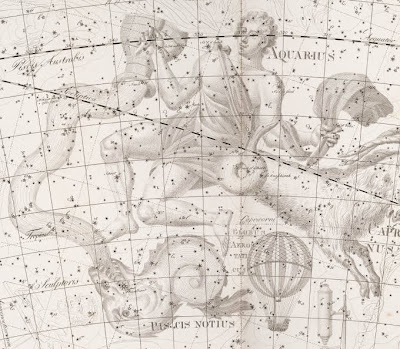
Aquarius in Johann Bode’s 1801 star atlas
Courtesy of Linda Hall Library of Science, Engineering and Technology
Courtesy of Linda Hall Library of Science, Engineering and Technology
1) About an hour after your local sunset time, face south. If you don’t know the cardinal directions at your location and you don’t have a compass, make note of where the sun sets on the horizon. That spot is approximately west. Stand with your right shoulder to the west, and you’ll be facing approximately south.
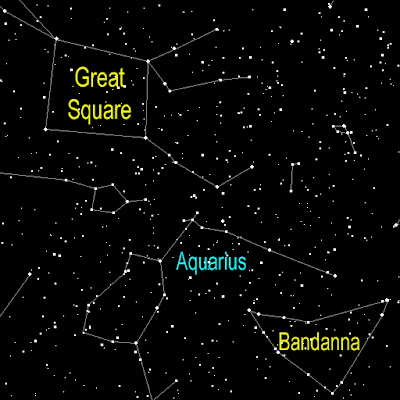
2) First, locate the Great Square asterism in Pegasus, high in the sky, just east of the meridian, and the Bandanna asterism of Capricornus, low in the sky, just west of the meridian.
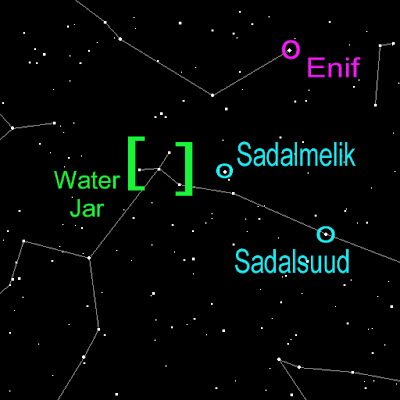
3) Now look between the Great Square and the Bandanna for two bright stars, Sadalsuud and Sadalmelik. Sadalsuud (sah-dull-suh-OOD), from the Arabic for the luckiest of all, is the brightest star in Aquarius. Sadalmelik (sah-dull-MELL-ick), from the Arabic for the luck of the king, is the number two Aquarian. Both stars are yellow supergiants, which is a relatively rare star type.
Don’t confuse them with nearby Enif, the nose of the winged horse Pegusus. Enif is a little brighter than the best and brightest of Aquarius.
4) Just east of Sadalmelik is a little “Y” of four fainter stars. This is the Water Jar asterism, which marks the position of the upended urn in the ancient star picture. If you can’t spot all four, you’ll need to try again at a darker site.
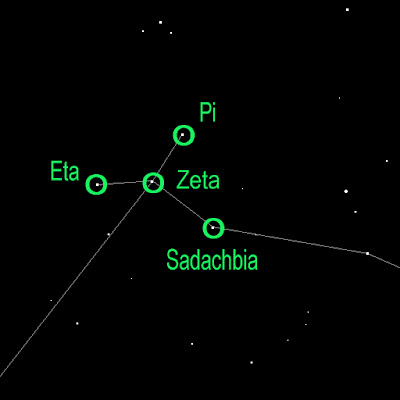
The Water Jar asterism of Aquarius
Of the four stars, only one has a traditional name: Sadachbia. Sadachbia (sah-DUCK-bee-yah), from the Arabic for luck of the tents, is a white star. We call the other three stars Eta, Zeta, and Pi, for their star catalog designations. Zeta, in the center, is the brightest star in the asterism.
Although Sadachbia is not the brightest of the Water Jar quartet, it clearly had enough significance to the ancients to be named and to be considered lucky like Sadalsuud and Sadalmelik. Perhaps whenever the early Arabs thanked their lucky stars, they had Aquarius in mind.
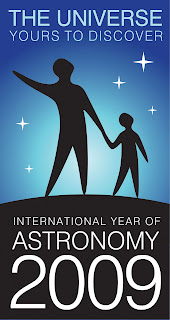
Astronomy Essential: We don’t see celestial objects the way cameras do.
Beginning stargazers are sometimes disappointed by their first telescopic view of a deep-sky object such as a galaxy, nebula, or star cluster. They expect the technicolor, high-resolution panoramas seen in Hubble Space Telescope images, which have become part of our public consciousness.
Instead they get small, fuzzy, black-and-white blobs.
What technology-savvy newcomers don’t realize is that human eyes are limited instruments. Collecting and integrating the faint light from distant objects— light that has traveled many trillions of miles to reach us— pushes our eyes to the limits of their ability. And in low-light situations, we don’t see color well. Compare that to the ability of an ultra-sensitive camera chip to detect extraordinarily faint light and integrate it over a long exposure time. Add to that the ability of specialized image-processing computer software to “stack” multiple images of an object, as well as color-correct the composite to approximate the color signatures of the chemical elements found in each celestial object.
What we can’t accomplish at the telescope eyepiece, we can accomplish at the computer keyboard.
At the end of the day, however, there is no substitute for looking at an astronomical object with your own eyes, collecting on your retinas those faint photons of light that have traveled many years to reach you, and discerning an image of a far-away world in real time, live, under your own power.